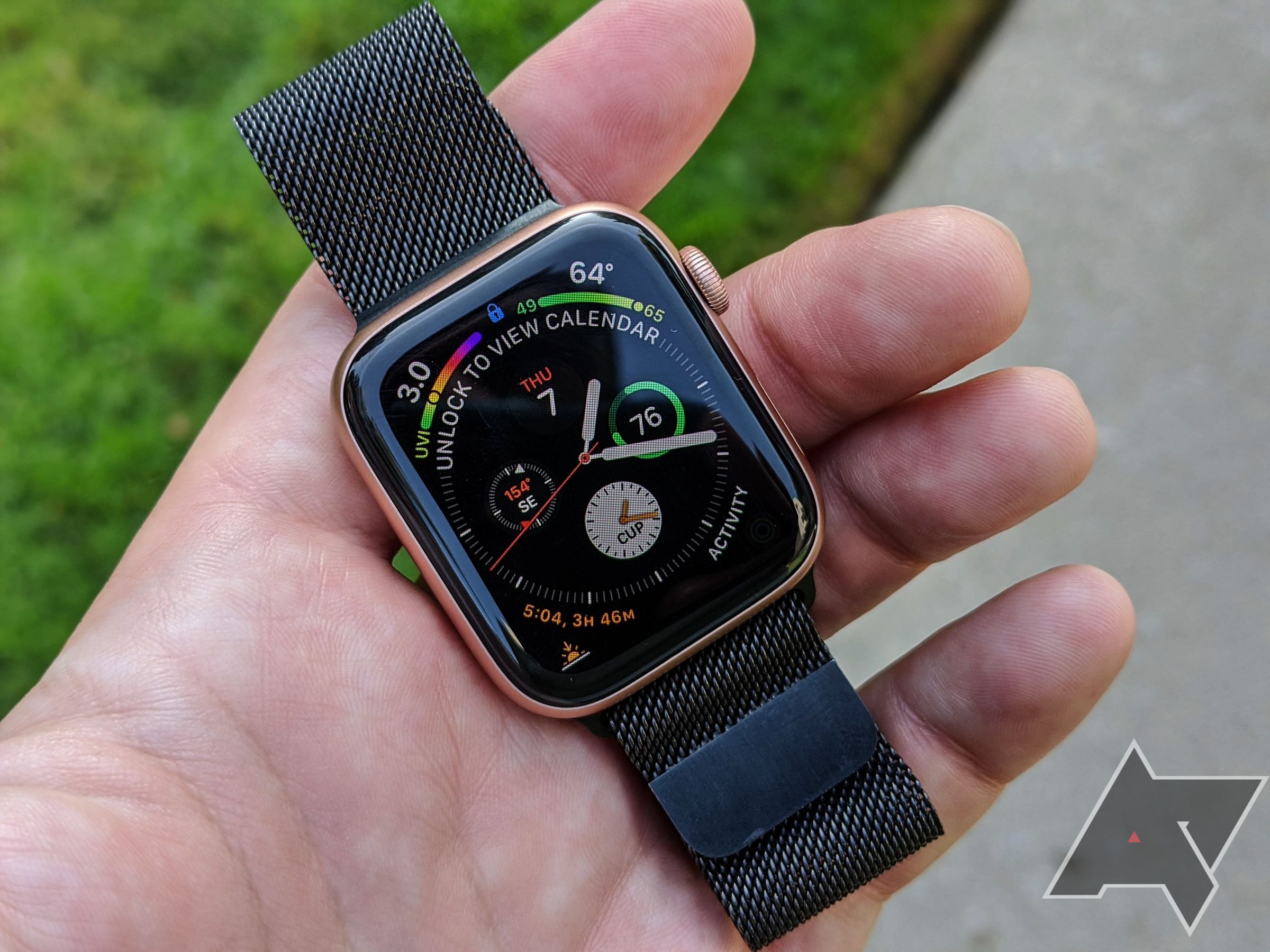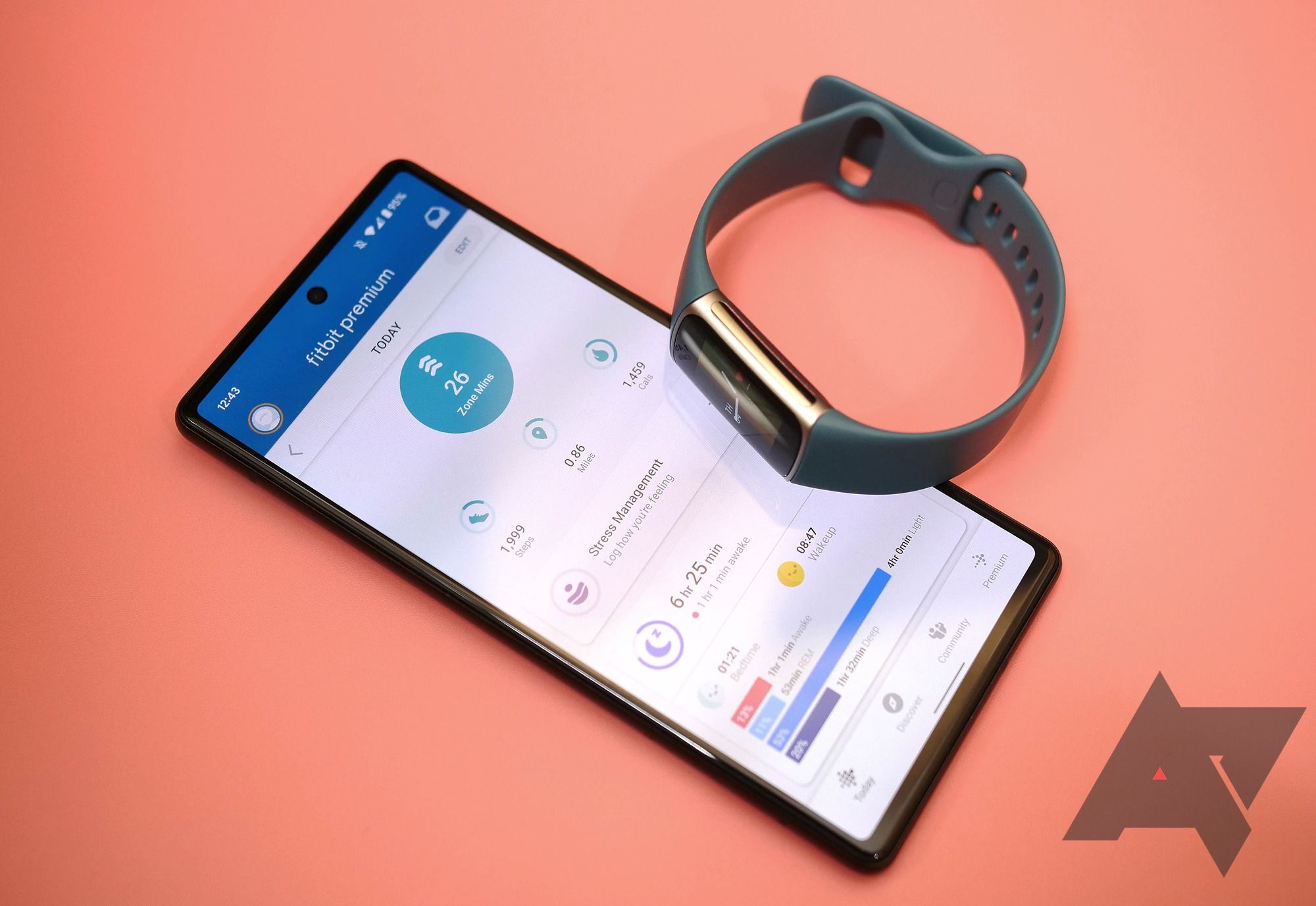Google will likely announce the Pixel Watch during Google I/O this month, whether it will be available to buy right away or only teased for a later time. We’ve learned a lot about the accessory this past week, with a ton of real-life images cropping up thanks to a leaker who managed to snag up the watch after a group of supposed Google engineers forgot it at a bar. While the early images of the hardware look extremely promising, the Pixel Watch will also need to offer the smarts, the health features, and the seamless integration that makes the Apple Watch so widely successful in order to lead the Android pack.
Software that matches the looks, looks that match the software
We already know a lot about the Pixel Watch. It’s going to be one of the sleekest looking wearables for Android phones, appearing to be taking the Apple Watch head-on in the design department. In contrast to the Apple Watch, Google will go for a round watch rather than a rectangular one, and it already looks timeless and weightless in the leaked real-life images.
But looks aren’t everything, as beautiful as the Pixel Watch seems on the surface. The Apple Watch is similarly beautiful to behold, but it has long had the smarts to match the look.
The Pixel Watch’s exterior design will have to match the software and internal hardware. Google made strides ever since it combined efforts with Samsung in creating Wear OS 3, introducing a user interface that works well enough on a small screen, all while both Qualcomm and Samsung finally offer good processors for wearable that don’t lag behind smartphone SoCs by years. But there are still a lot of improvements to be made.
Notably, the pairing and unpairing process is incredibly painful when you move phones, requiring a full reset of the watch, with you struggling to reinstall all of your apps and watchfaces all while you’re already hard at work setting up your new phone. An Apple Watch can simply be paired with a new iPhone, in contrast.
Battery life is another issue for many Wear OS devices to this date, with a lot of products not lasting more than 18 to 20 hours on a single charge—you can forget about proper nightly sleep tracking with a device like that.
Source: u/tagtech414 on Reddit
The Pixel Watch is rumored to be one of the better watches when it comes to battery life and performance thanks to its supposed Exynos-based custom chip, but we don’t have confirmation yet. Unlike Apple, Google doesn’t have the same brand recognition when it comes to hardware, though, so it might still be tough to stand out.
The Pixel Watch needs a key differentiating feature
It’s also unclear how exactly Google wants to differentiate the Pixel Watch from the rest of the Wear OS crowd when it comes to software. It’s possible that the Google watch could be the first one to receive Google Assistant support, which has been sorely missing from Wear OS 3 ever since it was introduced. However, Samsung is already preparing advertisements around the Assistant for its Galaxy Watch4, so if the Pixel Watch doesn’t go on sale soon, it’s possible that the Korean company could debut the Assistant before Google itself.
Google could add some killer Fitbit integration to the Pixel Watch, but at this point, it’s still unclear how exactly this is going to look like. Is the Google watch supposed to be controlled via the Fitbit app rather than the Wear OS app? Or is Fitbit just going to be another point receiving your fitness data, requiring you to use two or maybe even three apps when you throw Google Fit into the mix, the app that’s usually in charge of fitness tracking on Wear OS devices. That’s sure more cumbersome than what Apple offers with its seamlessly integrated ecosystem.
Fitbit integration can take Google only so far, too. Anyone who is just interested in the Fitbit aspect could also just get a Fitbit tracker or smartwatch that Google also still sells and promotes. This is a problem that the Apple Watch has to contend, too, but Google is shooting itself in the foot by offering too many similar products, whereas Apple only offers different generations of the same watch, with the latest version always clearly the most desirable one.
The Pixel Watch might also have a hard time standing out from Fossil watches. Google isn’t really a big name in the fashion world, and there are a lot of people out there who pick their smartwatch based on its design and which fashion brand stands behind it, rather than for the processor or the Fitbit integration it offers—after all, Fossil only really ever introduces one new device per year for all of its sub brands that is solely tweaked in the exterior design department, and it seems to be working for the company. When someone sees a collection of Wear OS watches in a store, all in the range of $300 to $400, would they pick Google over others?
Google doesn’t have all the time in the world
In contrast to Apple, Google also doesn’t have the time to experiment with the form factor until it finally nails the use case, which is what Apple has done back in the day. The Google watch is late to the party, launching into an increasingly mature space that’s dominated by Apple and Samsung, with all possible use cases already explored. Google may have released Wear OS (née Android Wear) before Apple launched its product, but the times have changed.
The Pixel Watch must serve double duty with it coming to the market so late. It has to nail all the basic smartwatch aspects all while also offering a glimpse into the future, spearheading the development of Wear OS and leading the way for other manufacturers. It is going to be very difficult to achieve this for Google, and if the company doesn’t, its first-party watch efforts may trickle out sooner rather than later, joining the ever-growing graveyard of failed Google projects.
Read Next
About The Author








